UPDATE: We have a new YouTube channel. Please CLICK HERE to visit and subscribe to it for video lessons.
Can you think of any name right now? Any name at all; be it in Twi or in English. Now, whichever name you have in mind is classified as a noun in grammatical terms. And, this part of speech (noun) is our topic for discussion in today’s lesson.
What is a noun?
A noun is a word that is used to identify:
- a person (e.g. Kofi, Adwoa, Amakye, Ɔsɛe)
- a place (e.g. Koforidua, Kumase, Nkran, Atonsu)
- a thing (e.g. akonnwa (chair), towuro (towel), afe (comb), nwoma (book))
- an animal (e.g. ɔkraman (dog), agyinammoa (cat), abirekyie (goat), pɔnkɔ (horse))
- an idea, quality, or state (e.g. nokorɛ (truth), anigyeɛ (happiness), awerɛhoɔ (sadness)).
Let’s look at more examples of each.
Examples of Twi Nouns
Person:
Yaw (an Akan soul name (kradin) given to a Thursday-born male); buroni (a white person/Caucasian); bibini (an African); Opoku (an Akan name); Konadu (an Akan name), Asumadu (an Akan name); Ama (an Akan soul name (kradin) given to a Saturday-born female); Akosua (an Akan soul name (kradin) given to a Sunday-born female); Kwabena (an Akan soul name (kradin) given to a Tuesday-born male); Kwadwo (an Akan soul name (kradin) given to a Monday-born male); ɔsɔfo (pastor); ɔkyerɛkyerɛni (teacher); ɔsraani (soldier); ɔtomfoɔ (blacksmith); Yaa (an Akan soul name (kradin) given to a Thursday-born female); Boafo (an Akan name)).
Place:
Amɛreka (America); aburokyire (abroad); Abibirem (Africa); ayaresabea (hospital); asieeɛ (cemetery); Sunyani (the Brong Ahafo regional capital, Ghana); Berekum (name of a town); Tafo (name of a town); Kɔnɔngo (name of a town); Bepɔso (name of a town); mmarahyɛ badwam (parliament house).
a thing:
krataa (paper); ahoma (rope); toa (bottle); didipono (dining table); ntoma (cloth); mpaboa (footwear/shoes); kasafidie (radio set); dadeɛ (metal); kyiniiɛ (umbrella).
Animal:
akokɔ (fowl); tɛfrɛ (cockroach); odwan (sheep); kɔtɔ (crab); dɛnkyɛm (crocodile); ntontom (mosquito); afunumu pɔnkɔ (donkey); ɔwɔ (snake).
Idea/quality/state:
ahummɔborɔ (sympathy); ahoɔfɛ (beauty); animuonyam (honour); abufuo (anger).
Types of nouns
Nouns can be categorized under the following types. We will tackle each noun type separately in the subsequent lessons. You may click on any below to visit its page directly.
Concrete Nouns (Deɛ yɛhunu, yɛteɛ anaa yɛtumi sɔ mu)
Collective Nouns (Deɛ ɛyɛ kuo adwuma)
Countable Nouns and Uncountable Nouns
Let’s end here. As stated earlier, the subsequent lessons will delve a bit deeper into each of the above-listed noun types. Please subscribe to the website and share our content on social media. Thank you for reading.

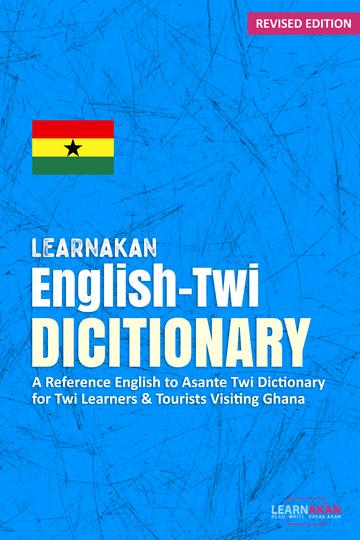


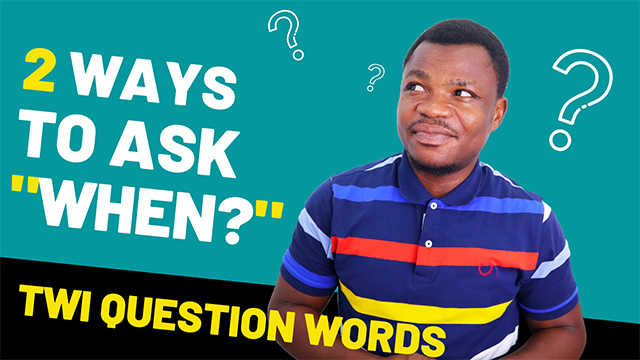
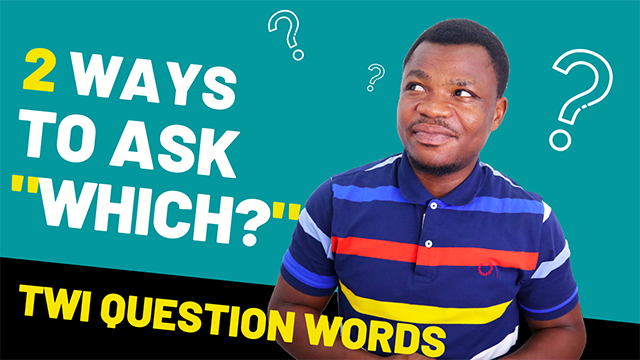
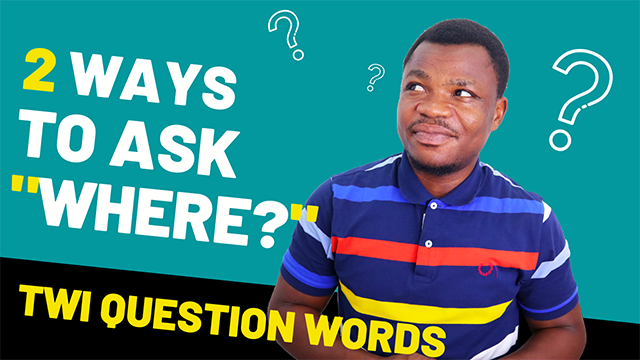
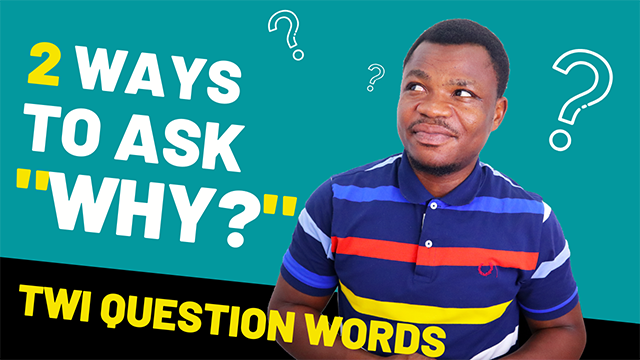
Responses
Typo *Medasse pa*
Maad wo,
It would be a great suggestion of you could add an online testing free quiz maker to this site? For example, https://www.classmaker.com or https://www.onlineexambuilder.com
Message pa,
Victori
Good idea Victori. I’ll check them out. Thank you.
Hello Yaw,
I’m sooo grateful for this. You’re doing such an amazing job. I’m making slow but steady progress, I just have to keep going with it. Thanks so much for this learning platform.
Ruth
Thank you Ruth. You’ll surely get there, keep it up 🙂
Yaw I’m really impressed with what you are doing. This is my first time I have come across an Akan website as useful as this.
Please well done and keep it up.
Visual aids helps kids to learn and understand better and you are doing a great job.
This site is helping me a lot in my teaching. It has made my teaching easy and smooth as kids now even to learn because they will get to hear your voice.
I will plead you update the site often and add more twi lessons to it both primary and JHS lessons.
mema wo amo.
Aw Kwadwo, I wish I were updating the site as often as I would’ve loved to do but I’m not doing this full time (yet), and you know man must eat, lol. Nonetheless, expect a more frequent posting pattern in the coming weeks.
Thank you very much. It’s very encouraging when I hear that this project is helping people all over.
Do say hi to the kids for me 🙂
Yaw I’m really impressed with what you are doing. This is my first time I have come across an Akan website as useful as this.
Please well done and keep it up.
Visual aids helps kids to learn and understand better and you are doing a great job.
This site is helping me a lot in my teaching. It has made my teaching easy and smooth as kids now even to learn because they will get to hear your voice.
I will plead you update the site often and add more twi lessons to it both primary and JHS lessons.
me ma wo amo.
Onua , mey3 tikyani wo Manso Asaman na saa w’adekyer3 yi aboa me paa, nyame nhyira wo pii. Toa wo nwuma pa yi so
Aw, me nua Kwaku. Ɛyɛ me ahohoahoa sɛ dwumadie yi reboa wo ne w’adesuafoɔ nyinaa. Meda wo ase pii
Please is there any difference between dea and da3. If yes whats their usage in a sentence?
Hi, Alfred. Yes, ‘dea’ and ‘deɛ’ are used differently. ‘dea’ basically indicates possession. So when I say “me dea”, I mean something is mine. ‘deɛ’, on the other hand, is used to create emphasis of some sort. I’m sure you’ll understand it better with the examples below:
“wo deɛ, twɛn na wobɛhu (as for you, wait and you’ll see”
“me deɛ, menni bayerɛ (as for me, I don’t eat yam”
“Ɛwom sɛ mennyiniiɛ deɛ, nanso menim nyansa (it is true that I’m not grown, but I’m sensible)”
Thanks very much.